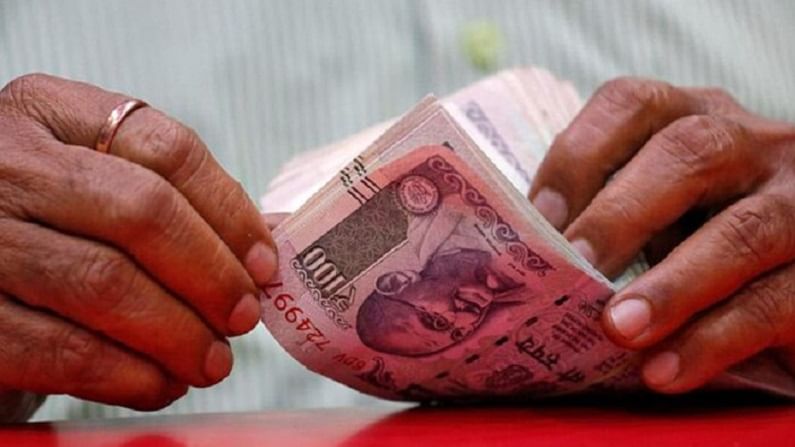Reserve Bank to buy govt securities worth Rs 1.20 lakh crore under G-SAP 2.0
Under G-SAP 1.0, the central bank will purchase Rs 1 lakh crore-worth government securities, and the last transaction of such acquisition to the tune of Rs 40,000 crore is scheduled for June 17.

The Reserve Bank of India (RBI) on Friday said it will initiate a secondary market government securities acquisition programme or G-SAP 2.0 worth Rs 1.20 lakh crore in the second quarter of this fiscal to enable an orderly evolution of the yield curve.
Under G-SAP 1.0, the central bank will purchase Rs 1 lakh crore-worth government securities and the last transaction of such acquisition to the tune of Rs 40,000 crore is scheduled for June 17.
“In my statement of April 7, 2021, I had indicated that in addition to G-SAP, the Reserve Bank will continue to deploy regular operations under the LAF (Liquidity Adjustment Facility), longer-term repo/reverse repo auctions, forex operations, and open market operations, including special OMOs (Open Market Operations), to ensure that liquidity conditions evolve in consonance with the stance of monetary policy and financial conditions remain supportive for all stakeholders,” RBI Governor Shaktikanta Das said on Friday.
So far this fiscal, Das said RBI has undertaken regular OMOs and injected additional liquidity to the tune of Rs 36,545 crore (up to May 31) in addition to Rs 60,000 crore under G-SAP 1.0.
“A purchase and sale auction under operation twist has also been conducted on May 6, 2021, to facilitate the smooth evolution of the yield curve. Going forward, the Reserve Bank will continue to conduct regular operations for liquidity management,” he said.
Taking these developments into account, Das said it has now been decided that another operation under G-SAP 1.0 for purchase of G-Secs of Rs 40,000 crore will be conducted on June 17, 2021 Of this, Rs 10,000 crore would constitute the purchase of State Development Loans (SDLs).
“It has also been decided to undertake G-SAP 2.0 in Q2:2021-22 and conduct secondary market purchase operations of Rs 1.20 lakh crore to support the market. The specific dates and securities under G-SAP 2.0 operations will be indicated separately. We do expect the market to respond appropriately to this announcement of G-SAP 2.0,” he said.
To support growth that has been hit by the coronavirus pandemic, the government has planned a large borrowing of Rs 12.05 lakh crore in the financial year ending March 31, 2022.
As a result, the fiscal deficit is expected to be 6.8% of GDP, down from 9.3% in the last fiscal.
Das also said RBI has been taking several measures to encourage investments by Foreign Portfolio Investors (FPIs) in the Indian debt market such as the introduction of new channels for investment and periodic review of the operational framework in place for investments by non-residents.
“With a view to easing operational constraints faced by FPIs and promoting ease of doing business, it has been decided to permit Authorised Dealer banks to place margins on behalf of their FPI clients for their transactions in government securities (including State Development Loans and Treasury Bills), within the credit risk management framework of banks,” he said.